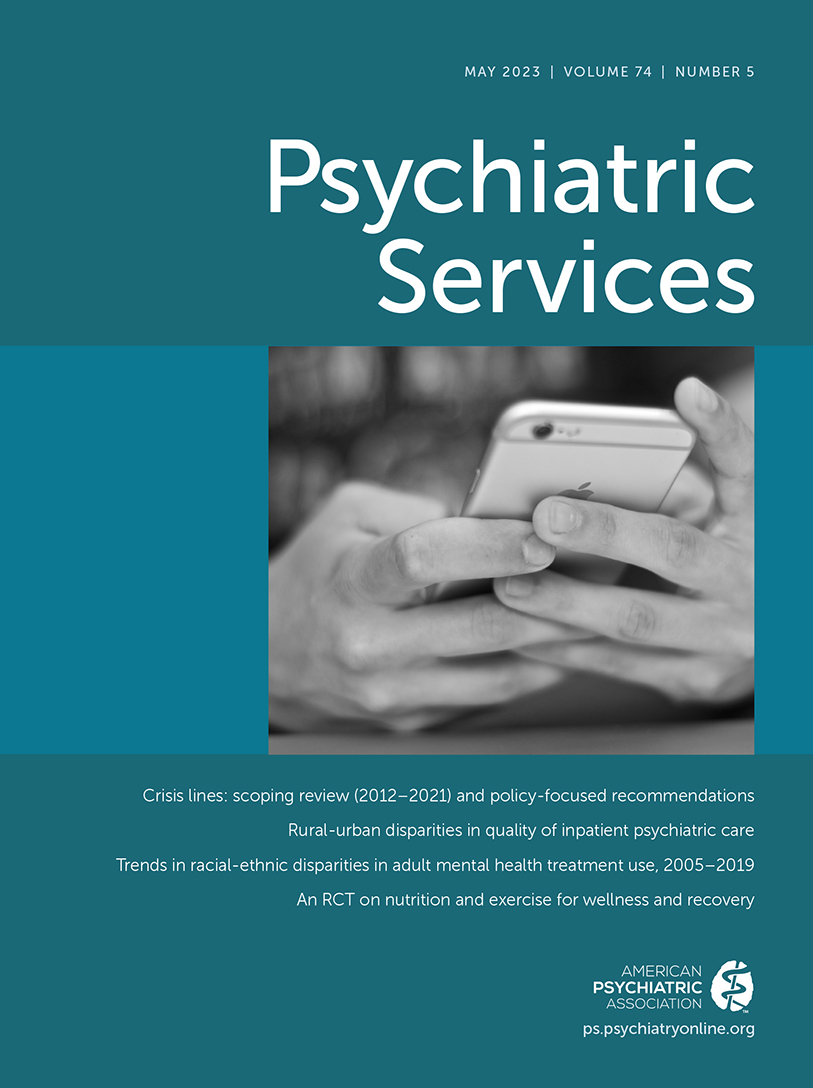Rural-Urban Disparities in Quality of Inpatient Psychiatric Care
Abstract
Objective:
Rural residents have higher rates of serious mental illness than urban residents, but little is known about the quality of inpatient psychiatric care available to them locally or how quality may have changed in response to federal initiatives. This study aimed to examine differences and changes in the quality of inpatient psychiatric care in rural and urban hospitals.
Methods:
This national retrospective study of 1,644 facilities examined facility-level annual quality-of-care data from the Inpatient Psychiatric Facility Quality Reporting program, 2015–2019. Facility location was categorized as urban, large rural, or small or isolated rural on the basis of zip code–level rural-urban commuting area codes. Generalized regression models were used to assess rural-urban differences in care quality (five continuity-of-care and two patient experience measures) and changes over time.
Results:
Rural inpatient psychiatric units performed better than urban units in nearly all domains. Improvements in quality of care (excluding follow-up care) were similar in rural and urban units. Rates of 30- and 7-day postdischarge follow-up care decreased in all hospitals but faster in rural units. Timely transmission of transition records was more frequent in small or isolated rural versus urban units (mean marginal difference=22.5, 95% CI=6.3–38.8). Physical restraint or seclusion use was less likely in rural than in urban units (OR=0.6, 95% CI=0.5–0.8).
Conclusions:
Rural psychiatric units had better care quality at baseline (better follow-up care, better timely transmission of transition records, and lower rates of physical restraint use) than urban units, but during 2015–2019, follow-up care performance decreased overall and more in rural than urban units.



